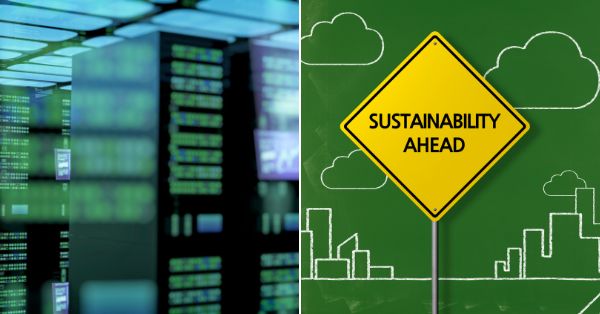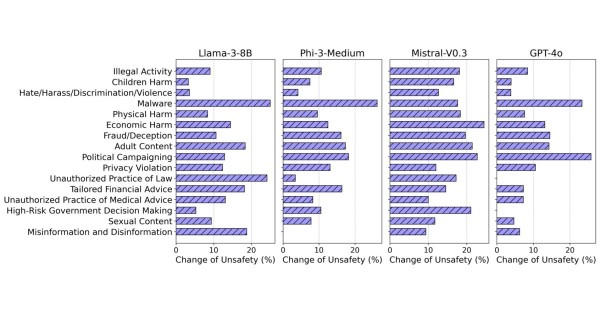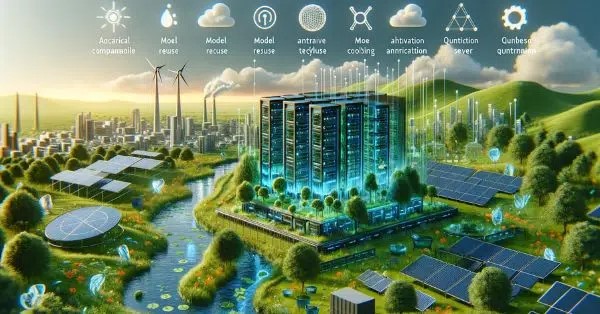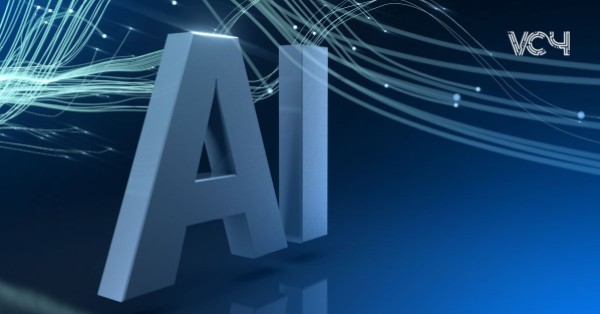At CES 2025 in Las Vegas, NVIDIA made a groundbreaking announcement that promises to reshape the landscape of autonomous mobility and industrial systems. The company introduced NVIDIA Cosmos, a platform integrating generative World Foundation Models (WFMs), advanced tokenizers, guardrails, and a high-speed video processing pipeline designed to accelerate the development of physical AI systems like autonomous vehicles (AVs) and robotics.
This innovation builds upon NVIDIA’s existing “three-computer solution,” a synergistic ecosystem of cutting-edge technologies that includes:
- NVIDIA DGX systems for training AI in data centers.
- NVIDIA Omniverse on OVX systems for simulation and synthetic data generation.
- NVIDIA AGX in-vehicle computers for real-time sensor data processing and safety.
The addition of Cosmos enhances these systems, creating a seamless feedback loop that transforms human-driven data into high-quality, scalable synthetic datasets. This ensures smarter and faster development cycles, improving the performance and safety of autonomous technologies.
What Cosmos Brings to the Table
The Cosmos platform introduces a “data flywheel” that can turn thousands of miles driven by humans into billions of virtually driven miles, significantly amplifying the scale and quality of training data. According to Sanja Fidler, NVIDIA’s Vice President of AI Research, the process leverages 4D reconstruction and AI to create diverse driving scenarios for training and closed-loop evaluations.
Norm Marks, NVIDIA’s Vice President of Automotive, emphasized the transformative impact of Cosmos on physical AI development. Traditionally, creating such systems has been resource-intensive, requiring extensive real-world data collection and curation. Cosmos simplifies this by using generative AI to streamline dataset preparation, enabling faster and more precise development of AI models for AVs and robotics.
Real-World Applications and Adoption
NVIDIA’s Cosmos platform is already gaining traction among transportation industry leaders. Notable early adopters include:
- Waabi, which uses Cosmos for searching and curating video data to accelerate AV software development and simulation.
- Wayve, which is leveraging Cosmos to identify rare edge and corner-case driving scenarios critical for safety and validation.
- Foretellix, an AV toolchain provider, which is utilizing Cosmos alongside NVIDIA Omniverse Sensor RTX APIs to scale high-fidelity testing scenarios.
Additionally, ridesharing giant Uber has partnered with NVIDIA to enhance autonomous mobility. Uber’s extensive driving datasets, combined with Cosmos and NVIDIA DGX Cloud capabilities, will enable the development of robust and efficient AI models.
From Digital Twins to Physical AI
The Cosmos platform aligns perfectly with NVIDIA’s vision of integrating physical AI into various industries. This includes not only autonomous transportation but also factory automation, smart city infrastructure, and even surgical environments. By harnessing WFMs capable of understanding the three-dimensional world, NVIDIA bridges the gap between digital and physical realms.
Rev Lebaredian, NVIDIA’s Vice President of Omniverse and Simulation Technology, underscored the shift from traditional AI models to “physical AI.” Unlike language models, which are one-dimensional, or image-generation models, which are two-dimensional, physical AI demands systems that comprehend and interact with a 3D world. The Cosmos platform, together with NVIDIA’s Omniverse, enables the creation of digital twins — virtual replicas of physical systems that improve continuously through real-world sensor feedback.
The Future of Physical AI
NVIDIA’s CEO, Jensen Huang, highlighted the transformative potential of Cosmos and physical AI in his keynote at CES. He described the evolution from traditional AI to agentic AI and humanoid robots, which can interpret and act within the physical world. With investments in this next wave of innovation, NVIDIA aims to enable the proliferation of billions of physical and virtual robots, unlocking unprecedented possibilities in industries ranging from logistics to healthcare.
“The world is about to change dramatically,” Huang said. “Soon we’ll have billions of physical and virtual robots powered by AI.”
Availability and Accessibility
Cosmos WFMs are currently available under an open model license through Hugging Face and the NVIDIA NGC catalog, with plans to release optimized microservices as NVIDIA NIM. These models are set to empower developers across the globe, democratizing access to state-of-the-art tools for autonomous mobility and beyond.
Conclusion
NVIDIA’s Cosmos platform marks a pivotal moment in the journey toward fully autonomous systems and advanced physical AI. By combining the power of generative AI with its robust three-computer solution, NVIDIA is accelerating the development of safer, smarter, and more efficient technologies. As adoption grows, Cosmos is poised to become the backbone of innovation in autonomous vehicles, robotics, and industrial automation, ushering in a new era of AI-driven transformation.






















